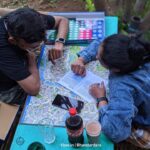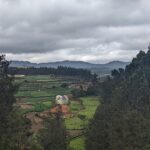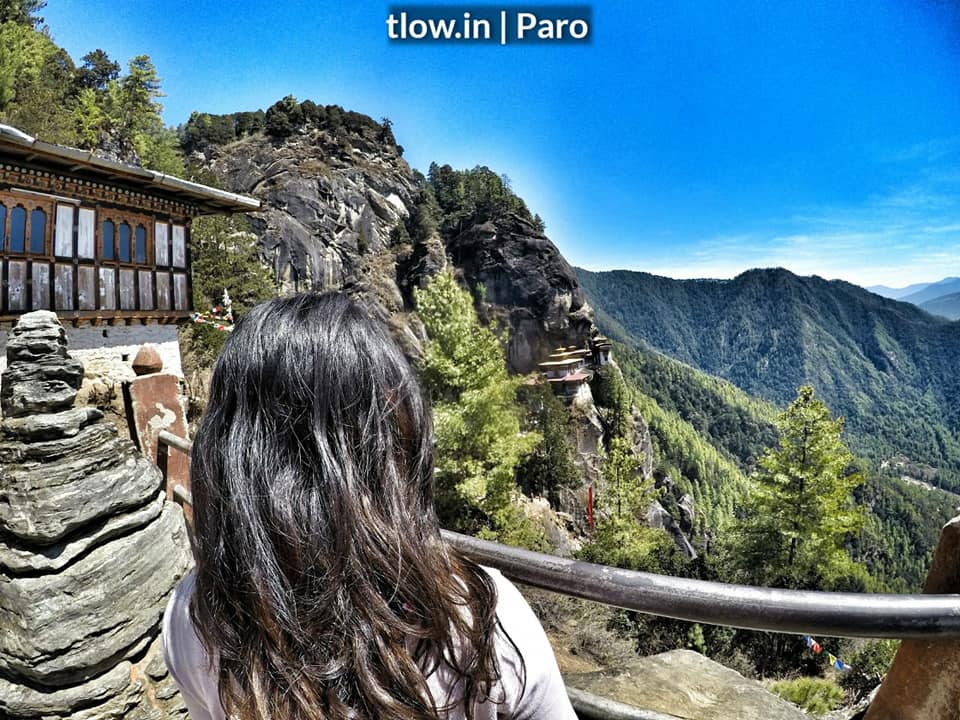
Paro Taktsang Aka Tiger’s Nest Bhutan – A true marvel
Paro Taktsang, also known as the Tiger’s Nest, is a famous Buddhist monastery located in the Paro Valley of Bhutan. Perched on the edge of a cliff at an altitude of 3,120 meters (10,240 feet), it is an iconic landmark and a must-visit destination for tourists.
The monastery is said to have been built in the 17th century around a cave where Guru Rinpoche, the founder of Tibetan Buddhism, meditated for three years, three months, three weeks, three days, and three hours. Legend has it that Guru Rinpoche flew to this location on the back of a tigress, hence the name “Tiger’s Nest.”
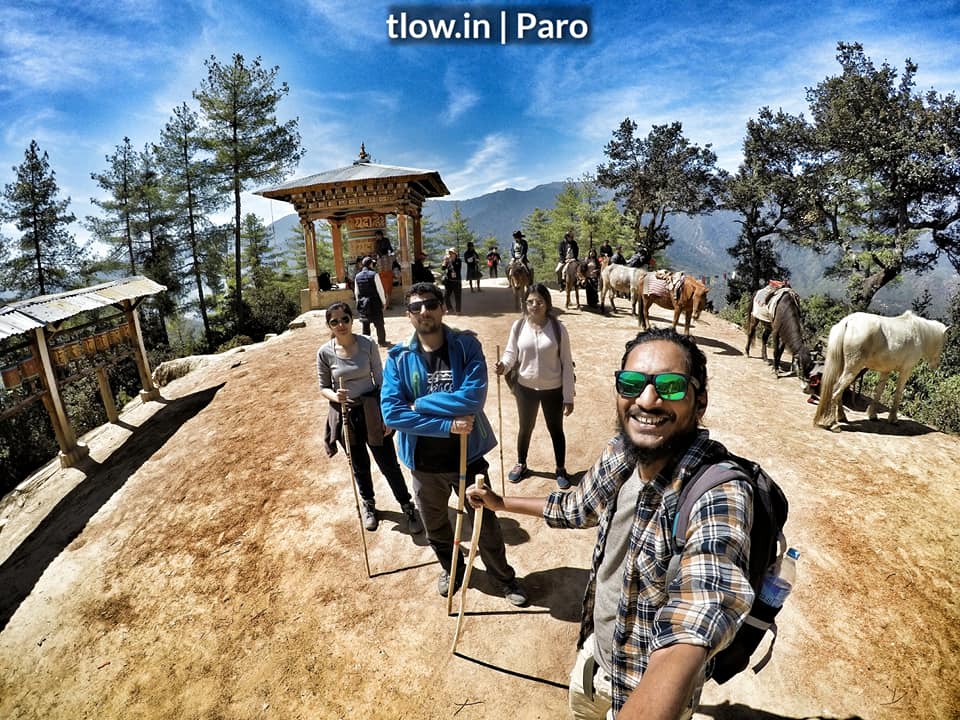
Visiting Paro Taktsang is a thrilling and spiritual experience. The hike to the monastery is challenging but rewarding, offering breathtaking views of the surrounding mountains and valleys. The trail is well-marked and passes through dense forests, waterfalls, and prayer flags. Along the way, you can also encounter friendly locals and monks making their way up to the monastery.
Upon reaching the Tiger’s Nest, you will be in awe of its architectural beauty and tranquility. The complex consists of four main temples, interconnected by staircases and corridors. The murals, statues, and intricate woodwork inside the temples are a testament to Bhutanese craftsmanship and devotion.
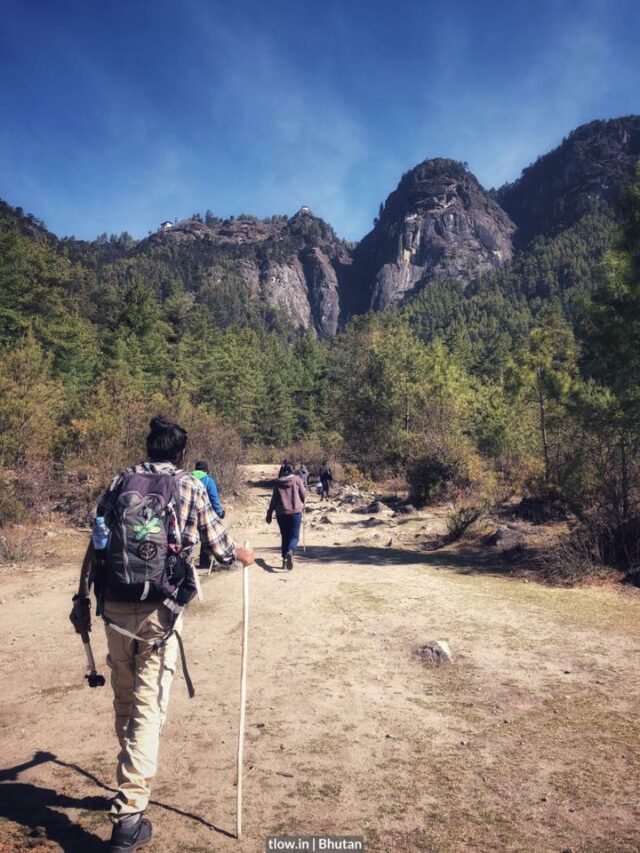
Travelers are required to remove their shoes and hats before entering the temples, as a sign of respect. Photography inside the monastery is strictly prohibited, but you can capture panoramic views from the outside.
Paro
Whether you are a religious pilgrim or simply an admirer of natural beauty and cultural heritage, a visit to Paro Taktsang is an unforgettable experience. It is advisable to plan your visit during the spring or fall when the weather is pleasant, and the skies are clear.

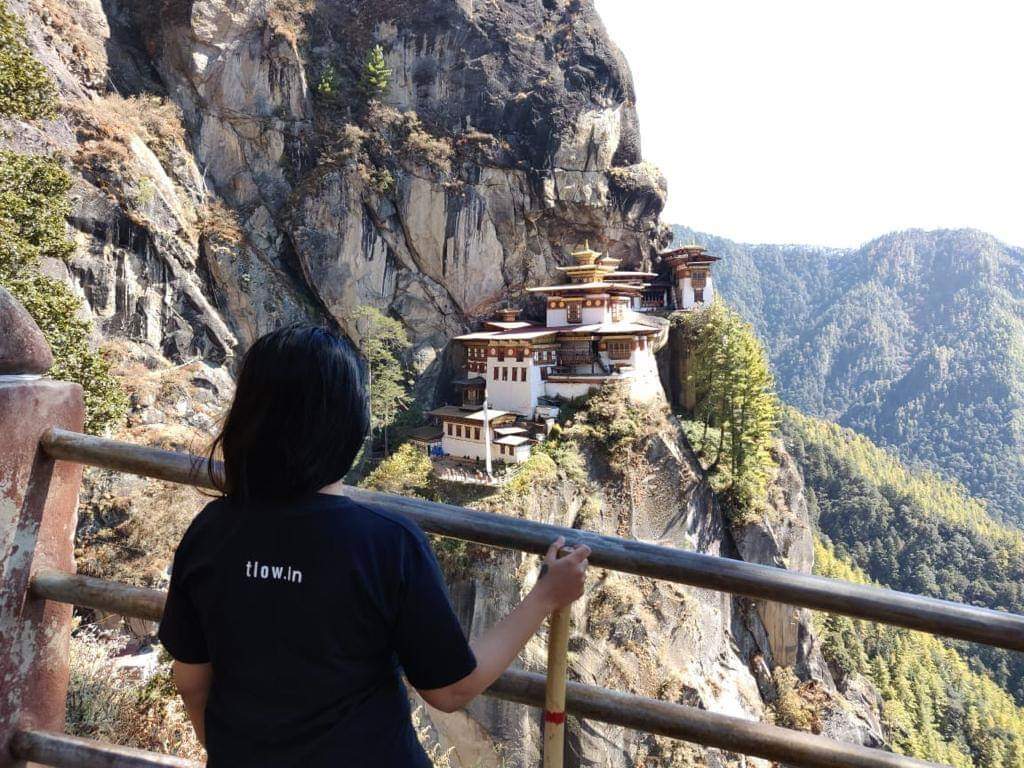
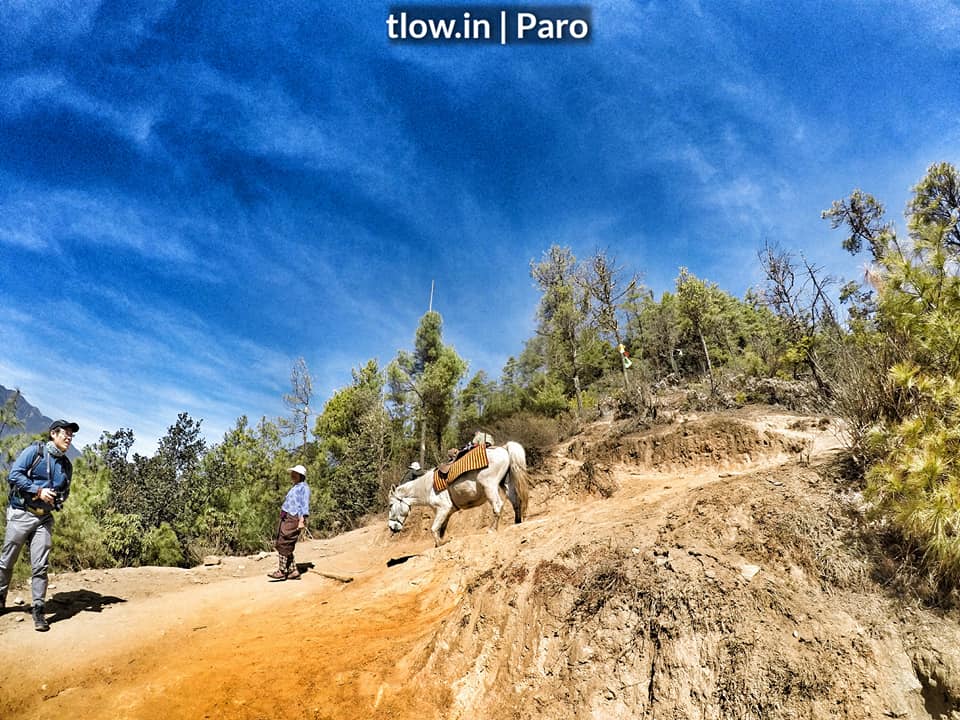
Remember to carry essential items like comfortable shoes, sunscreen, water, and a camera to capture the remarkable views. Respect the local customs and traditions while exploring the Tiger’s Nest, and take your time to soak in the serenity and spirituality of this sacred place.



